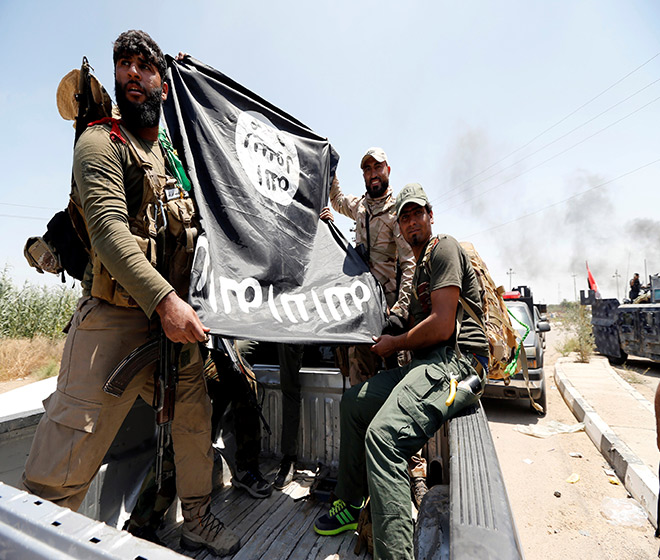
Terrorism, which has traditionally involved young people, takes on different forms depending on the times and the cultures. From red terrorism to jihadism.
In 2004, David C. Rapoport, perhaps the first real historian of global terrorism, wrote that terrorist phenomena are generated, develop and decay like waves. Every wave is comprised of organisations spread out in various countries, more or less linked to each other, that use terrorist methods against their governments under similar ideological banners. What makes them part of the same wave is their shared ideology, adapted and shaped according to the local context.
According to Rapoport, the first great wave of international terrorism was anarchism, spawned in the first half of the 19th century, which then gradually waned around the beginning of the 20th century. This was followed by the anti-colonialist wave, which began slowly during the two world wars and then exploded in the wake of the Second World War. During this period, organisations in various countries and continents used political violence to expel the dominant Western colonial forces from their countries. The third wave, which followed shortly afterwards, the American professor has termed the “new left”.
To keep reading, purchase the pdf file of this issue
To subscribe to the magazine please access our subscription page here
Terrorism, which has traditionally involved young people, takes on different forms depending on the times and the cultures. From red terrorism to jihadism.






